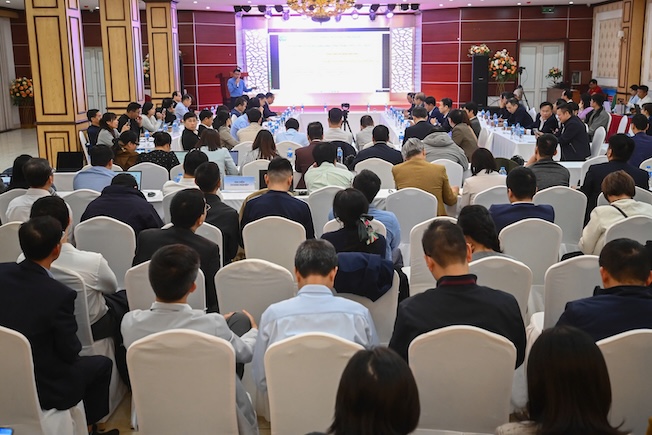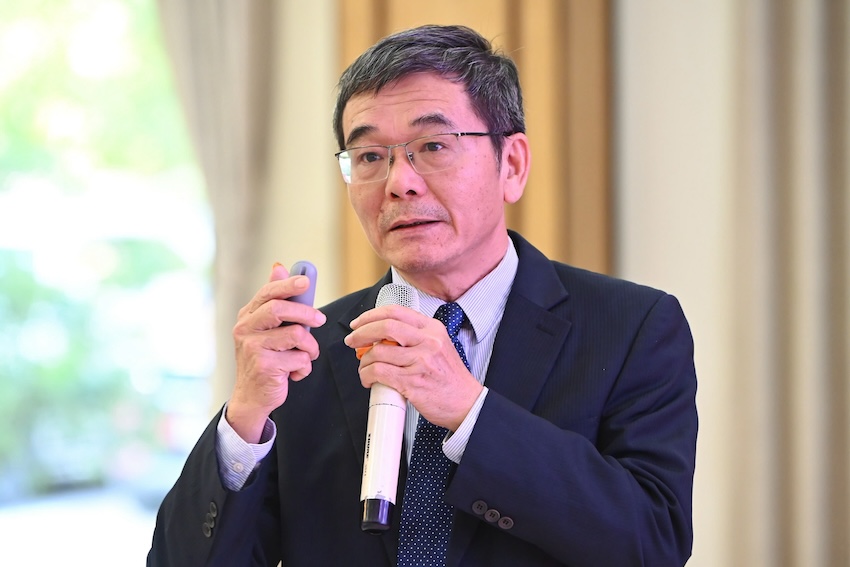On the afternoon of November 21, the Department of Irrigation Works Management and Construction coordinated with the Agriculture and Environment Newspaper to organize the Forum "Digital transformation, application of technology in operation, ensuring safety of dams and reservoirs" in Hanoi.
At the forum, managers, experts, scientists, businesses, and local authorities at all levels exchanged, shared experiences and oriented the digital transformation roadmap in dam and reservoir safety management with 3 strategic pillars: ensuring absolute safety of works in unfavorable weather conditions, effectively cutting floods for downstream areas, and providing effective, multi-purpose water supply.

Sharing at the Forum, Mr. Phan Tien An, Head of the Department of Dam and Reservoir Safety (Department of Irrigation Works Management and Construction, Ministry of Agriculture and Environment), said that the management and operation of dams and reservoirs are under new pressure as extreme floods occur more frequently.
The country currently has more than 7,300 dams and irrigation reservoirs, playing a role in ensuring irrigation water, providing domestic water and creating sources for many economic sectors. Thanks to the attention of all levels, although the 2025 flood season is fierce, there are no major incidents, and large lakes are operating relatively reasonably.
However, behind that are a series of prolonged difficulties, especially in the group of medium and small lakes managed by the locality. In particular, in recent years, illegal floods and storms have appeared in large numbers. Flood drainage space is narrowed by rapid urbanization, drainage infrastructure has not kept up.

To solve these shortcomings, Mr. An said that it is necessary to strongly promote digital transformation and apply technology in the entire reservoir management chain. First of all, it is necessary to perfect institutions, amend legal regulations, issue common standards for databases, monitoring and operating software. The industry database must be standardized and operated according to the principle of shared use, allowing localities to use separate software but must connect via standard API.
Mr. An affirmed that when data is standardized, a complete monitoring system and decision-making support technology are widely applied, the operation of reservoirs will be safer, more timely and meet the requirements of the increasingly severe climate change period.
Meanwhile, Prof. Dr. Nguyen Quoc Dung, Permanent Vice President of the Vietnam Association of Dams and Water Resources Development, said that it is possible to learn from the experience of the smart operating system of the Truong Giang River basin (China).

Mr. Dung said that Vietnam has been interested in building an operating support system for many years and in reality, this tool shows effective support in operating reservoirs, inter-reservoirs and preventing natural disasters. However, with the growing demand for dam safety, downstream safety and optimal water exploitation in the context of climate extreme, Vietnam needs a smarter, more modern operating support system capable of meeting new challenges in water resource management.











